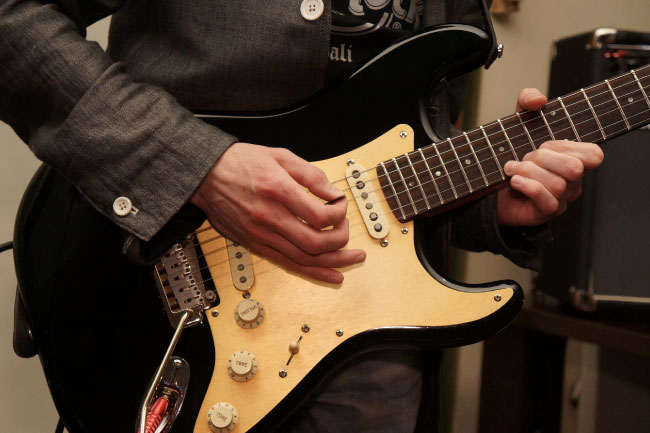This guitar lesson explains how to use diminished scales in improvisation, and includes an example guitar solo plus a backing track so you can solo with diminished scales yourself. For more information on diminished scales, see this page: Diminished Scale Guitar.
Advanced Guitar
How To Use Whole Tone Scales
Whole tone scales have an tonally ambiguous sound that can sound quite 'out of place' if used to improvise with in standard rock and pop songs (though you shouldn't let that stop you trying!). Whole tone scales are often used in jazz, and can be used to play over augmented and augmented 7th chords such as G+, or G7+.
Whole Tone Scale Guitar
The whole tone scale produces a tonally ambiguous sound that when played alone can create an 'eerie' or 'ominous' mood. Its use was once frowned upon by strict classical composers, but the scale's distinctive sound can now be heard fairly regularly in classical, film and jazz music.
How To Use Altered Scales
Altered scales are most often played over dominant seventh chords. They introduce flattened fifths, sharpened fifths, flattened ninths and sharpened ninths, giving the full range of altered notes beloved of jazz improvisers.
Altered Scale
Altered scales are used predominantly by jazz musicians to produce interesting tensions while improvising over dominant seventh chords.



